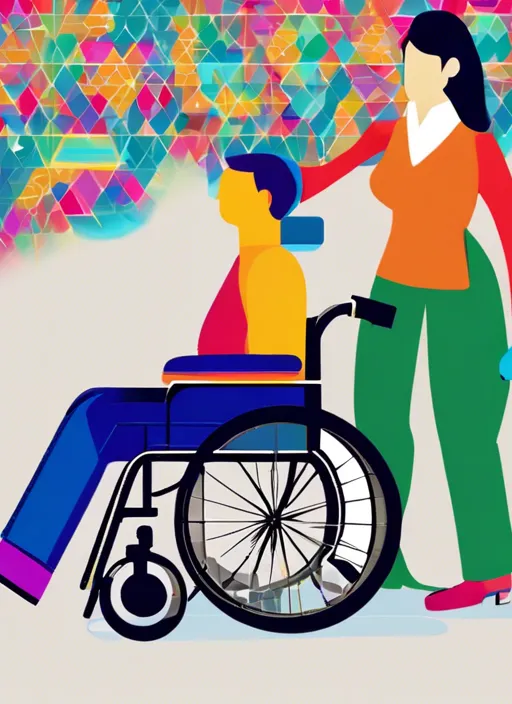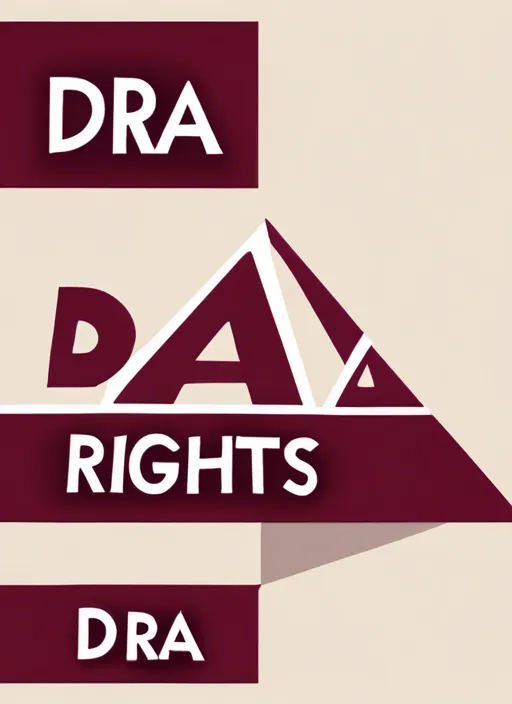
The Paralympics: Evolution, Bid Changes, and Modern Perception
The Paralympic Games, a prestigious international multi-sport event involving athletes with various disabilities, have a rich history marked by significant evolution in their organization and global perception. This article explores the inception of the Paralympics, the transformation in how host countries bid for the games, and how the Paralympic movement is viewed today.
The Beginning of the Paralympics
The origins of the Paralympic Games can be traced back to 1948, when Dr. Ludwig Guttmann, a neurologist at the Stoke Mandeville Hospital in England, organized a sports competition for British World War II veterans with spinal cord injuries. This event, known as the Stoke Mandeville Games, aimed to aid rehabilitation through sport and coincided with the London 1948 Olympic Games. The inaugural Stoke Mandeville Games featured a small group of athletes participating in archery, marking the beginning of competitive sports for athletes with disabilities.
In 1960, the first official Paralympic Games were held in Rome, Italy, immediately after the Olympic Games. The Rome Paralympics featured around 400 athletes from 23 countries, competing in eight sports. This event is considered the first modern Paralympic Games, establishing a tradition that continues today. The term "Paralympics" originated from the combination of "paraplegic" and "Olympics," but has since been understood to mean "parallel" to the Olympics, signifying equality and inclusiveness.
Evolution of the Bidding Process
Initially, the Paralympics were not automatically linked to the Olympic Games in terms of hosting. This often resulted in separate bidding processes, sometimes leading to logistical challenges and a lack of uniformity in the standards and facilities provided for Paralympic athletes. However, a significant change occurred in 2001 when the International Olympic Committee (IOC) and the International Paralympic Committee (IPC) signed an agreement ensuring that the Paralympic Games would be held in the same city and venues as the Olympics, starting with the 2008 Beijing Summer Games. This agreement marked a pivotal shift in how the Paralympics were organized, reflecting a commitment to inclusivity and equality.
The integrated bidding process meant that host cities were now required to include plans for the Paralympic Games in their overall Olympic bid. This change ensured that Paralympic athletes would have access to the same level of infrastructure, media coverage, and organizational resources as their Olympic counterparts. It also heightened the importance of accessibility and inclusivity in city planning, benefiting not only athletes but also the general public with disabilities.
Perception of the Paralympics Today
Today, the Paralympics are celebrated as a global showcase of athletic excellence, resilience, and the triumph of the human spirit. The Games have grown significantly in terms of size, scope, and media attention, featuring thousands of athletes from over 100 countries. The range of sports has also expanded, accommodating athletes with various types of disabilities, including physical, visual, and intellectual impairments.
The modern Paralympic Games enjoy substantial media coverage, sponsorship deals, and public interest, comparable to the Olympics. Advances in technology, such as prosthetics and adaptive equipment, have elevated the level of competition, allowing athletes to achieve extraordinary feats. This progress has contributed to changing societal attitudes towards disability, promoting a more inclusive and accepting world.
Furthermore, the Paralympics have become a powerful platform for advocacy and awareness. They challenge stereotypes about disability and demonstrate that people with disabilities can achieve greatness in sports, work, and society. The Games inspire millions of people worldwide, fostering a sense of pride and solidarity among individuals with disabilities and their communities.
Conclusion
From their humble beginnings as a rehabilitation initiative for war veterans to their current status as a major international sporting event, the Paralympics have undergone a remarkable transformation. The integration of the bidding process with the Olympics has ensured that the Paralympic Games are given equal importance and recognition. Today, the Paralympics are celebrated for showcasing athletic prowess and for promoting inclusivity, diversity, and respect. As the Paralympic movement continues to evolve, it will undoubtedly inspire future generations and contribute to a more inclusive society.
Disability Rights Advocate
3 Keswick A
Deerfield Beach, FL 33442
Private Policy
Terms & Conditions

